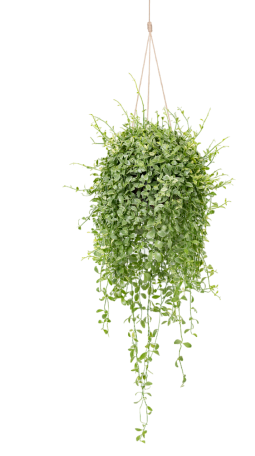Phew! That Smell Coming from Your Dishwasher is a Signal

I was loading the dishwasher after dinner one night and the smell hit me. ROTTING FOOD. How long ago was the last time I cleaned this appliance? Where is the smell coming from? And what am I actually breathing in when I smell this odor? I though I wanted to know the answer to these last two questions, but now I don’t…
Here you can see that just the title of some articles gives all the gory information we need to know:
The dishwasher rubber seal acts as a reservoir of bacteria in the home environment: 330 dishwashers were tested. The majority of bacteria cultured from the seals were Gram-positive (gram positive bacteria can cause some very serious diseases!). The colonisation of dishwasher rubber seals depends primarily on the bacterial input from the dirty vessels, and much less on the bacteria in the tap water.
Dishwashers as an Extreme Environment of Potentially Pathogenic Yeast Species: Rubber seals, detergent dispensers, and water drains were the most frequently colonized elements. Thirty-five yeast strains were isolated in this study, of which twenty-seven were obtained from dishwashers and eight from tap water. Most of the strains came from rubber seals. In this way, it was demonstrated that the dishwashers’ condition is sufficient as an ecological niche for microfungi.
Although it may make you want to vomit, rotting food smells are not usually infectious. According to the American Chemical Society, “Smell does not usually contain bacteria, which carry disease and are much larger than the gaseous molecules that make up a smell. So the odor itself cannot make you sick.” So, the smell of rotting food coming from my dishwasher is just alerting me to do the obvious: clean it. Do yourself and your family a favor: watch this video and get to work! As the previous articles mentioned, be sure to clean both the rubber seal and the plastic stationary part that the seal pushes against (on the cabinet). A few things the video overlooks, however, are:
- The VENT. Every dishwasher has a vent where hot steam is expelled during and after the cycle. Consult your manufacturer’s literature, if necessary, and pull off the cover to the vent (usually on the inside of the door) to clean inside it. If you’ve never done this, you will be amazed (in a bad way) at all the slime and gunk living in there.
- The cutlery basket. In many dishwashers, food and bacteria can build up in the bottom or where the basket hangs in the dishwasher. Give it a good scrub in the sink with some hot water, a scrub brush and dishwashing detergent.
- The sprayer. The sprayers in a dishwasher take liquid from the bottom of the machine and re-distribute it over the dishes several times during a cycle. It’s not surprising, then, that you see bits of food and gunk hanging out of the spray holes. You can use a scrub brush and/or pipe cleaners to try and get these out.
Finally, in order to break the cycle of “reinfecting” your clean dishware with germs, be sure to sanitize your kitchen sponges and brushes and even consider switching from dish sponges or rags to brushes. According to a 2021 study in Europe, sponges were the preferred hand-cleaning utensils for washing-up in the majority of countries, while brushes were most frequently used in Denmark and Norway. Here are some (un-savory) facts discovered:
- The water uptake and drying rate varied considerably, both between different sponges and between brushes and sponges, where brushes dried fastest. Campylobacter (a bacterium that causes campylobacteriosis, a disease that primarily affects the intestines) survived one day in all sponges and Salmonella more than seven days in two of three types of sponges.
- Treatments of sponges and brushes with chlorine, boiling or in the dishwasher were effective to reduce Salmonella.
- Brushes are more hygienic than sponges and their use should be encouraged. Contaminated sponges or brushes should be replaced or cleaned when they may have been in contact with pathogenic microorganisms, e.g. used on raw food spills. Cleaning of sponges and brushes with chlorine, boiling or dishwasher may be a safe alternative to replacing them with new ones.
Photo by Pavol Tančibok on Unsplash






